Hello!
I have always wanted to know how to grow succulents and how to make them last. So I decided to research how to grow succulents, What are succulent plants, common succulent plants, growing succulent plants indoors, and growing succulent plants outdoors.
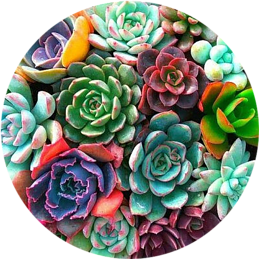
What are Succulent Plants
Succulents are a type of plant that holds water in their leaves. Their leaves are fleshy and thick but some have thicker leaves then some. Succulents like dry, non-humid climates and do not thrive in freezing climates. Some people refer to these plants as cacti or cactus. A cactus is a type of succulent and they are by definition. Besides cactus, there are many types of succulents.
I probably won’t touch on all of them but I will comment about the most common succulent plants later in the post. Most succulents come from Central America and Africa due to the warm and dry climate. Succulents love sunlight, if they don’t get enough sunlight they may get dull or green. When they are fully flourishing they have brilliant colors that can range from pinks, oranges and purples with some that could have black or red.
Common Succulent Plants
Succulents can add some flare to just about anywhere. People display succulents in small hanging planters, small cute grow pot on a shelf, or in a glass terrarium.
Crown of Thorns (Euphorbia milii) – this plant originates from Madagascar. This houseplant has been around a while and is ever-blooming. There is an old folklore, the number of flowers that bloom on this plant, forecasts the future of the plant keeper. I guess you want to make sure this one doesn’t die. This plant needs sunlight and low humidity and water only when the dirt is totally dry.
Aloe Vera – When most people think of aloe vera they think of the medical benefits. This plant you will find its properties in lotions, drinks, make up and soothing for burns and sunburns. This plant is primarily native to Africa. There is more than 350 species of the aloe vera plant.
Flaming Katy (kalanchoe blossfeldiana) – This plant is also native of Madagascar. This flower likes to grow in clay pots with a hole on the bottom for drainage. This plant blooms for months at a time, in the spring and winter. This is a very popular houseplant, with low water usage and maintenance. Removing the dead flowers will encourage more blooming. This plant is technically an annual but growing in the house has been shown to bloom year after year. 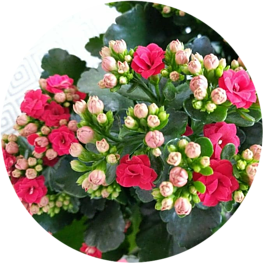
Jade Plant (crassula ovata) – These plants originate from Mozambique and South Africa. These plants have been known to be called the money tree, lucky plant and money plant. This plant is considered a perennial and evergreen. These can be outdoors but recommended bringing them in before winter unless you live in the Southwest.
Panda Plant (kalanchoe tomentosa) – This plant is native to Madagascar. The leaves on this plant have tiny little hairs on the leave that gives a velvet look and feel. Even though this plant does flower, it rarely flowers indoors.
Roseum (sedum spurium) – These succulents are native to the Caucasus mountain region between the Black Sea and Caspian Sea, as well as, Turkey and Iran. This plant has another name, it’s been called rose stonecrops because of the pink, rosy leaves.
Snake Plant (sansevieria trifasciata) – This is a native of West Africa. This indoor succulent is also easy to grow. There was a NASA study that having this plant in the house improves the air quality in your home. It removes contaminants in the home.
Chickens and Hens (sempervivum tectorum) – These plants can be planted indoors and outdoors. In the northern climate these plants will go dormant until spring. This variety will naturally spread. They can produce red that flower together in the shape of a crown.
Growing Succulent Plants Indoors
When growing indoors, you will want to use a succulent and cactus mix in the containers with good drainage. There are some succulents that just need to be grown indoors due to the conditions of our climate. Growing succulent plants indoors can add diversity to your houseplant collection. There are many to choose from. If you don’t have much of a green thumb for growing houseplants, succulents might be the choice for you.
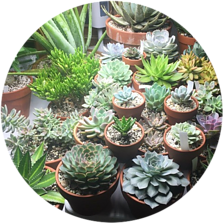
Growing Succulent Plants Outdoors
I decided to research if there were any succulents that can be planted outside in Zone 5. Succulents growing in zone 5 need to withstand temperatures as cold as -10 to -20 degrees Fahrenheit. I need to make sure I am choosing the right species for my area. I found 13 succulents that do well in zones 4 thru 9. So this covers quite a bit of area and my readers. The very southern states have more options to plant succulents outside.
Here are the succulents for zones 4 thru 9;
- Agave – several species
- Thompson’s or Red Yucca
- Myrtle Spurge
- Stonecrop – including many other species of Sedum)
- Opuntia – Compressa
- Jovibarba – Beard of Jupiter
- Ice Plant
- Orostachys – Dunce Cap
- Othonna – Little Pickles
- Rosularia muratdaghensis
- Sempervivum
- Portulaca
- Opuntia Humifusa
There are quite a few choices for this zone area. This picture below are succulents for zone 5 and 6.
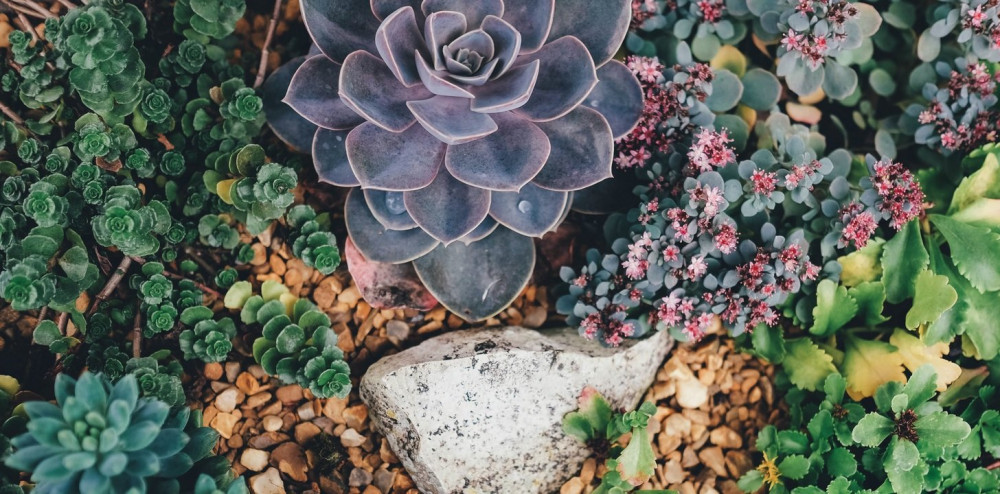
Happy Planting!
I hope you found this helpful. I tried to grow some succulents and they did good for a while. I needed to find a sunny window to put them in while they are in the house. I will definitely look for some succulents to plant on our property for my zone and I can post the pictures when they are done. Again, for the people who don’t have a green thumb, succulents might be your option of having plants in your home or outdoor garden.
Interested in succulents? Try SucculentBox.com – By Clicking This Link Now!

Let me know in a comment below if you found this helpful and if you have anything to add.
Leave a comment if there are other topics you would like to learn about in the gardening world!
Cheers!
Chris

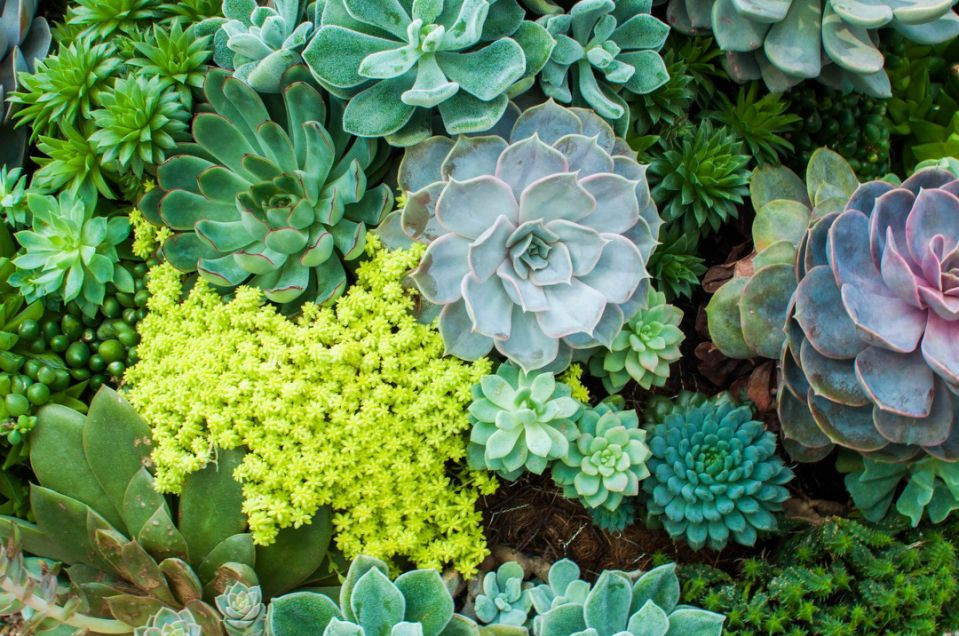



Succulents are so pretty, but I have been afraid to grow them. My friends tell me that they are easy to care for, but they aren’t native to the Mid-Atlantic, so I have had a hesitancy. I’m glad that you mentioned the cactus mix to plant them in. I would have had no idea what to use for potting mix. That seems like a good suggestion. Do they have lighting requirements indoors?
Hi Melinda,
Succulents need the sun, If they are not close to getting the sun they will get long an spindly. They don’t need much water but if growing indoor put them near your sunny window and they should do great!
This article on how to grow succulent plants really has been very valuable to me. I am currently in the process of growing my own little backyard garden and succulent plants are on the list for it! I am so glad that I found it on your website as I have served here before and I really enjoy your contents. I am glad that I bookmarked your site and that I found valuable information as usual
Thank you for your comment. I am glad my post helped you with growing succulents. Stop back for more gardening tips!
Hi Chris. I am into indoor gardening since I live on the first floor and succulents happen to be one of the types of plants I have in the house. Actually, I have two types from your list; aloe vera and snake plant. the others are ferns. I am just a beginner.
I am considering other plants as well and your article has given me plenty of ideas going forward. I am lucky because where I come from there is plenty of sunshine for them to flourish.
Thanks for this great article.
Hi Carol,
Thank you for your comments. You are very lucky to have plenty of sunshine coming into your home. Succulents like the sun. I am kind of new to succulents and found that out the hard way. I am glad my list of indoor plants for beginners will help you branch out to more! A lot of them on the list are air purifying like the snake plant. Stop back for more gardening tips.